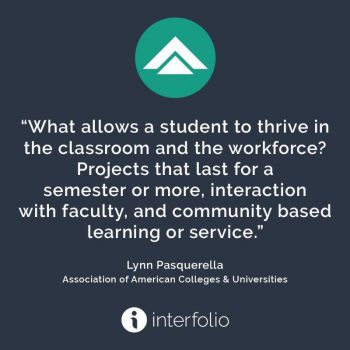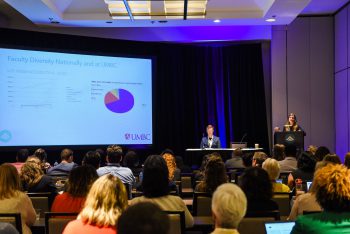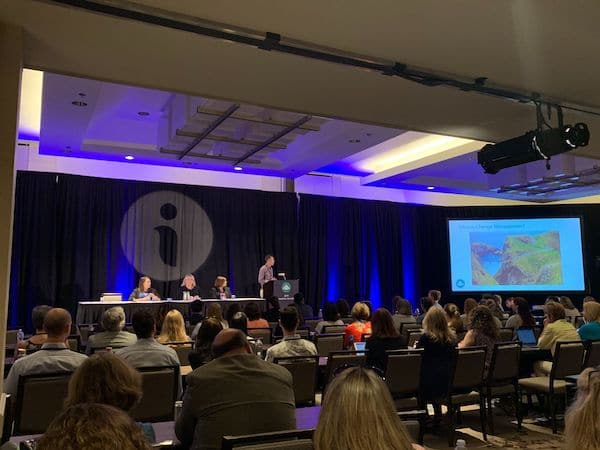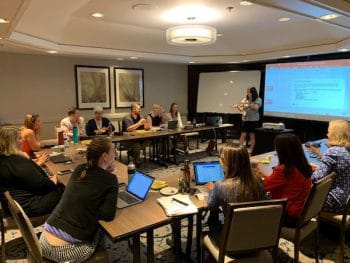Maybe you went for your doctorate with the intention of pursuing a tenure track position in academia. Unfortunately, as you know, the coveted tenured higher education jobs are limited–with many people vying for them.
If you’re currently working in academia, perhaps it’s not what you thought it would be, or maybe you would like a change of scenery. The skills you’ve gained from work in academia can translate to a new, alternative academic role.
The term “alternative academic” (alt-ac) refers to positions in academia that aren’t traditional tenure track faculty positions. It can also describe positions outside academia that require similar skills and responsibilities to academic jobs. Alt-ac jobs can be strong career choices for PhD graduates who want alternatives to full-time, tenured professorships.
If you’re thinking about making the switch to an alt-ac career, you might have some questions before you can take the leap. We’ve provided some advice you need to know before and during your transition into an alt-ac job.
Assessing your transferable skills
You’ll need to make sure you have the skills needed to perform the day-to-day duties of the alt-ac job you have in mind. Whether you’re a recent graduate or have worked for a few years as an instructor or researcher, you’ve certainly gained some expertise during your education that you can transfer over to your new career.
Did you write a two-hundred-page thesis on a highly specialized topic? Even if the content or research isn’t directly related to the type of career you’re pursuing, there’s something noteworthy about the amount of patience and drive that went into completing it on time and in full. Leverage your thesis to show recruiters and hiring managers that you have these soft skills.
Perhaps you needed to experiment and test different theories during graduate school. Whether or not the material is relevant to the next career you plan on pursuing, your work reflects your ability to solve complex problems in comprehensive ways.
During your doctorate or years in academia thus far, you’ve likely built a rapport with individuals through group projects, collaborative workshops, and other forms of direct communication. In the process, you’ve improved your interpersonal and communication skills, which are necessary in a variety of jobs.
Where a PhD can take you
Many people get their PhDs to go after certain career paths, whether they’d like to be a university faculty member or expert researcher. Some may also go to graduate school simply because they are passionate about a subject and want to immerse themselves into the topic. No matter what compelled you to earn your PhD, there’s no doubt you can leverage your education to pursue an alt-ac career path that appeals to your goals and interests. There are plenty of places you might look to when trying to secure a career outside academia, including online resources and even your own networks.
What are some job opportunities that might be a good fit for doctoral students when they don’t want to pursue the track of a tenured professor? The answer: It depends on the subject area of your PhD, as well as the type of careers you’d like to pursue.
Alt-ac careers in the humanities
If you’d like to continue working in higher education, you might decide to transfer your skills in the humanities to a career in administration. You might consider working in a public affairs office, which handles university communications, including newsletters, social media, magazines, press releases, and more. Or maybe you’d rather work directly with students, leveraging your interpersonal skills to work in career services, residential life, student affairs, or counseling. You might work toward a career as an admissions officer, coordinating interviews with prospective students, reviewing applications, and communicating admissions decisions to applicants. Even if you aren’t able to secure a tenure track position or dislike teaching, you don’t necessarily have to leave academia altogether.
There are a variety of jobs you might pursue with a PhD in the humanities. You might decide to pursue a career as a secondary education teacher, working with high school students instead of undergraduate or graduate students. Some other non-academic environments you might consider include nonprofits, consulting firms, publishing, cultural and historical organizations, research, and government.
Alt-ac careers in the sciences
If you’re looking for a career path that utilizes your skills in the sciences, you can continue to work in higher education without taking on a faculty position. One of the top choices for those with a PhD in the sciences is a research associate position in a university’s lab.
If you’d prefer to work outside of academia, you can pursue your choice of sectors. Many industries can benefit from having someone with advanced knowledge in a STEM field. Market research analysis or other quantitative consulting services could be a good fit for the corporate work, or you may like to work in research for a hospital or other non-academic lab. A career in health care might also suit your skills and goals. Whether you’re interested in medicine, pharmaceuticals, or the public sector, your subject expertise can add significant value to a variety of organizations.
Applying to alt-ac jobs
Once you’ve made the decision to transition to an alt-ac career and have looked into possible paths that suit your skills and interests, you’ll start the process of applying to various alt-ac jobs. You might have already refined your resume and created a polished cover letter template that you can adjust for each job application. However, you’re not quite finished, as many alt-ac jobs require candidates to provide multiple letters of recommendation in order to qualify.
Even if the alt-ac jobs you’re applying for don’t require letters of recommendation, including a few first-hand accounts of your work ethic and capabilities can do wonders for your applications, making you stand out among the other applicants. Get in touch with individuals in your network and request that they write you a letter of recommendation. Make sure you give them adequate time to write the best account possible. We’d recommend giving no less than two weeks’ notice as a matter of courtesy.
Who exactly should you ask for a recommendation? The individuals should be professionals who have worked directly with you over an extended period of time. It might be someone on your dissertation committee or a professor you worked for as a TA. Or maybe you’d like to branch out of academia and ask for a recommendation letter from someone working directly in your field of interest. No matter who your letter comes from, make sure you use a reliable reference delivery system. Interfolio’s Dossier system streamlines the reference letter process, making it easier than ever to request recommendations and score the alt-ac position you’ve been eyeing.























